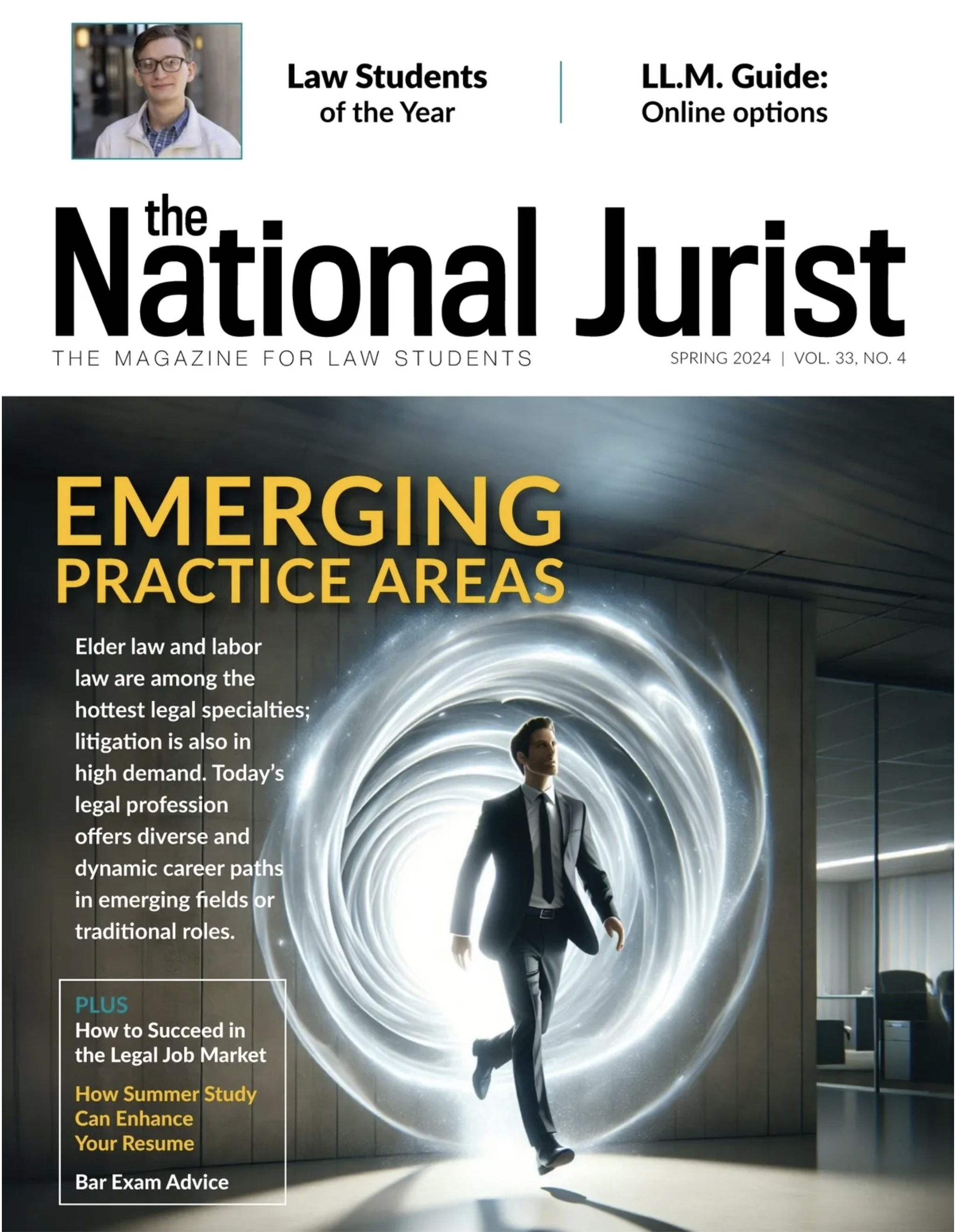There has been a profound increase in the number of faculty at American Law schools. The average law school has lowered its faculty-to-student ratio by 22 percent over the past 10 years. The average ratio has almost dropped in half since 1978, according to official American Bar Association data.
This surge in faculty has fueled tuition increases, leading the average private school to increase from $19,693 in 1998 to $34,298 in 2008. We did a detailed analysis — looking at actual costs for a faculty member — to determine that 48 percent of the tuition increases over the past 10 years is attributable to the increase in faculty.
While our analysis inevitably had to rely on some estimates, we believe the margin for error is very small. There is simply no question that the largest line item on a law school’s budget is staffing.
But why have law schools increased staffing — even when relative to number of students?
Without question, the legal marketplace of today is far more complex than 10 or 20 years ago. To some degree law schools have been trying to stay abreast of the increase in specialization.
The law school rankings in U.S. News & World Report inevitably added fuel to fire for the hiring surge. I would be surprised if any one law school hired more faculty simply to improve their ranking, without regard to whether they needed the staff or not. But, it does appear that many hired when faced with a desire to keep pace with other law schools.
And has this improved legal education? Without a doubt, yes. But that may not matter.
We are quickly reaching the point where students simply will be unable to afford law school. The current economic slowdown has shined a light on trends that have been in place for some time, except now many recent graduates feel they were duped.
It is that anger, which has a basis of logic that could spread and lead to a significant decrease in applications in the near future.
There are several bloggers already who have made a vow to prevent as many people as they can from applying to law school.
Law schools can ill afford to overlook such anger.
Law schools have been on a two-decade drive to improve themselves from a quality delivery standpoint and a prestige standpoint. That trend accelerated over the past 10 years, in part due to U.S. News rankings. But a better law school does no one any good if students can’t afford it.
The only reason application numbers remain high is because too many prospective law students are not looking at the long-term impact of their loans. And that is changing.
David Van Zandt, dean of Northwestern University School of Law, makes a good point in that the current model works for some law schools, but not for many. I don’t think anyone expects law schools to roll back their tuition. But they can place increases on hold — even if that means not hiring additional staff for the next ten years.
— Jack Crittenden, editor-in-chief of The National Jurist






